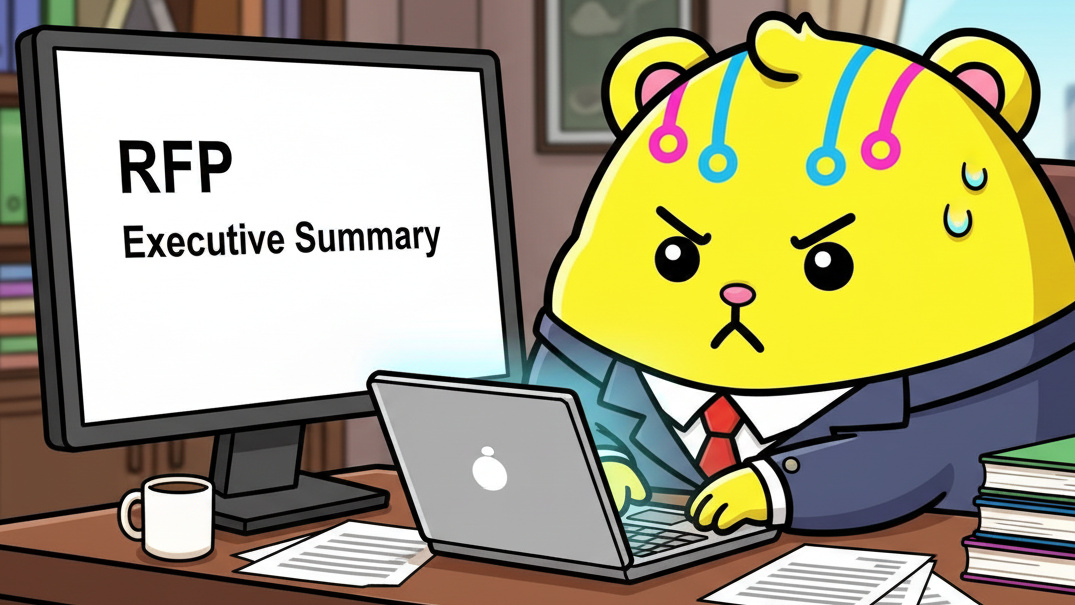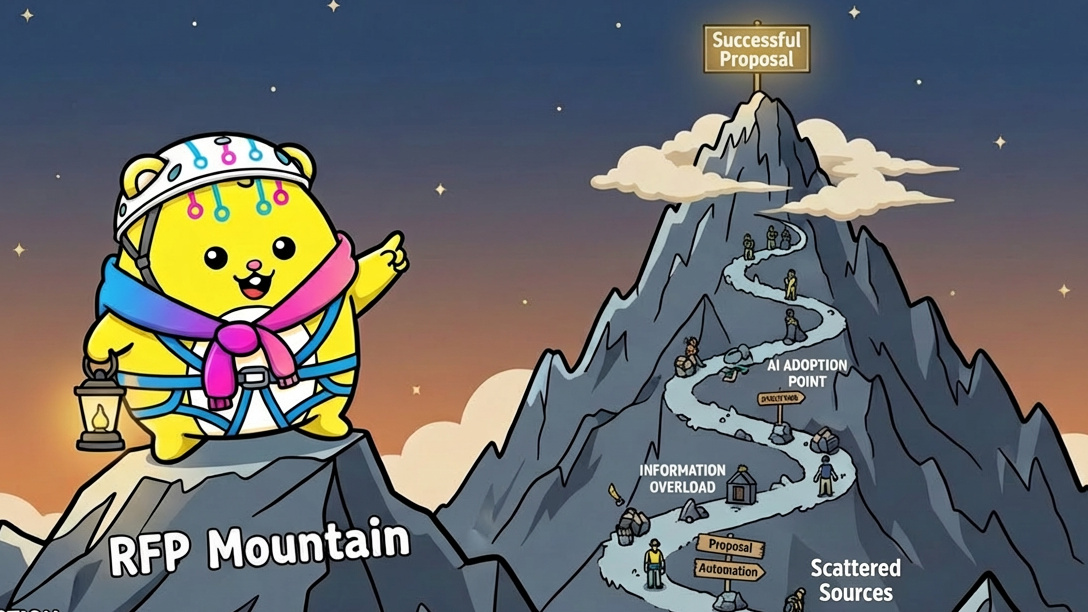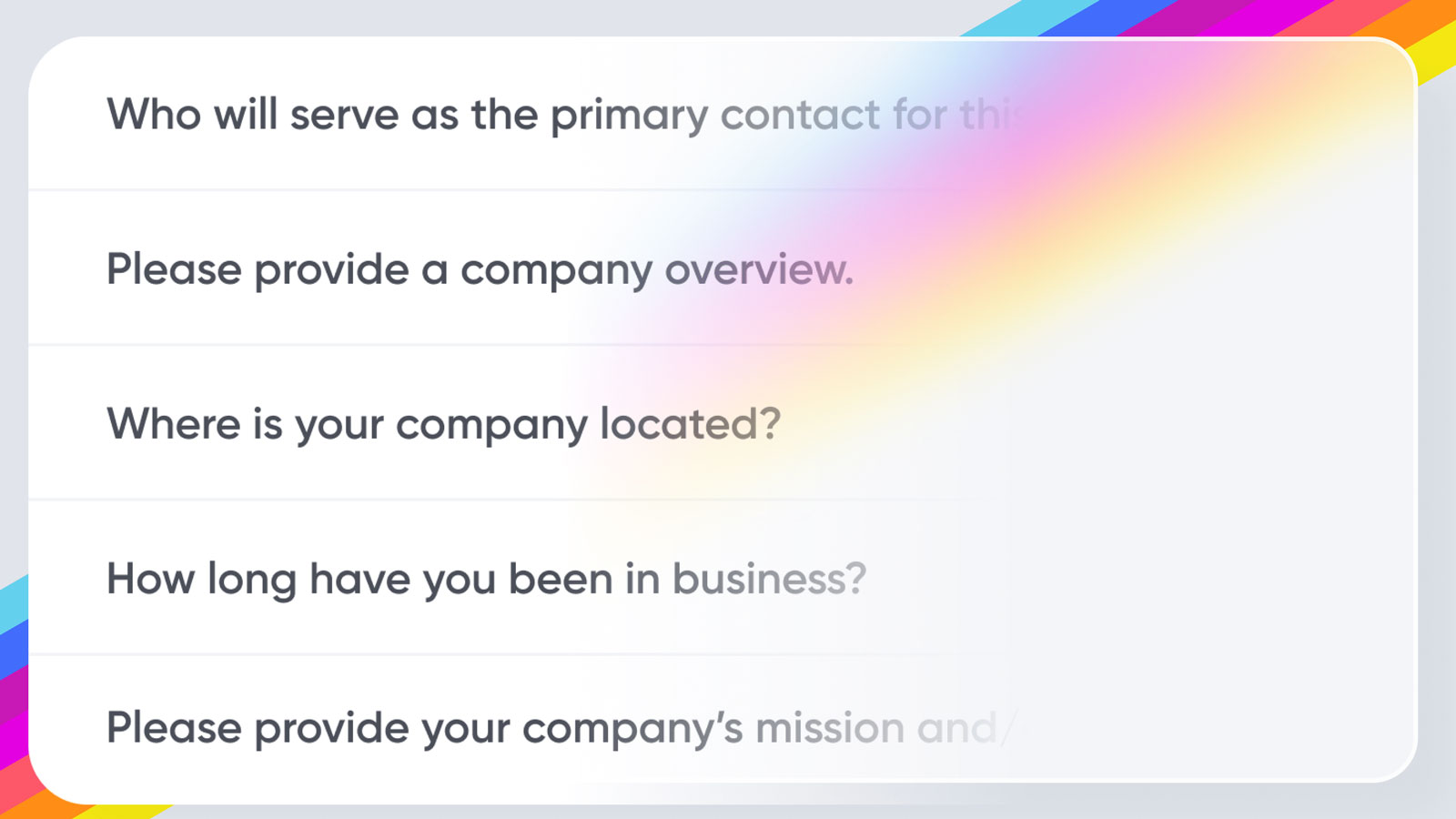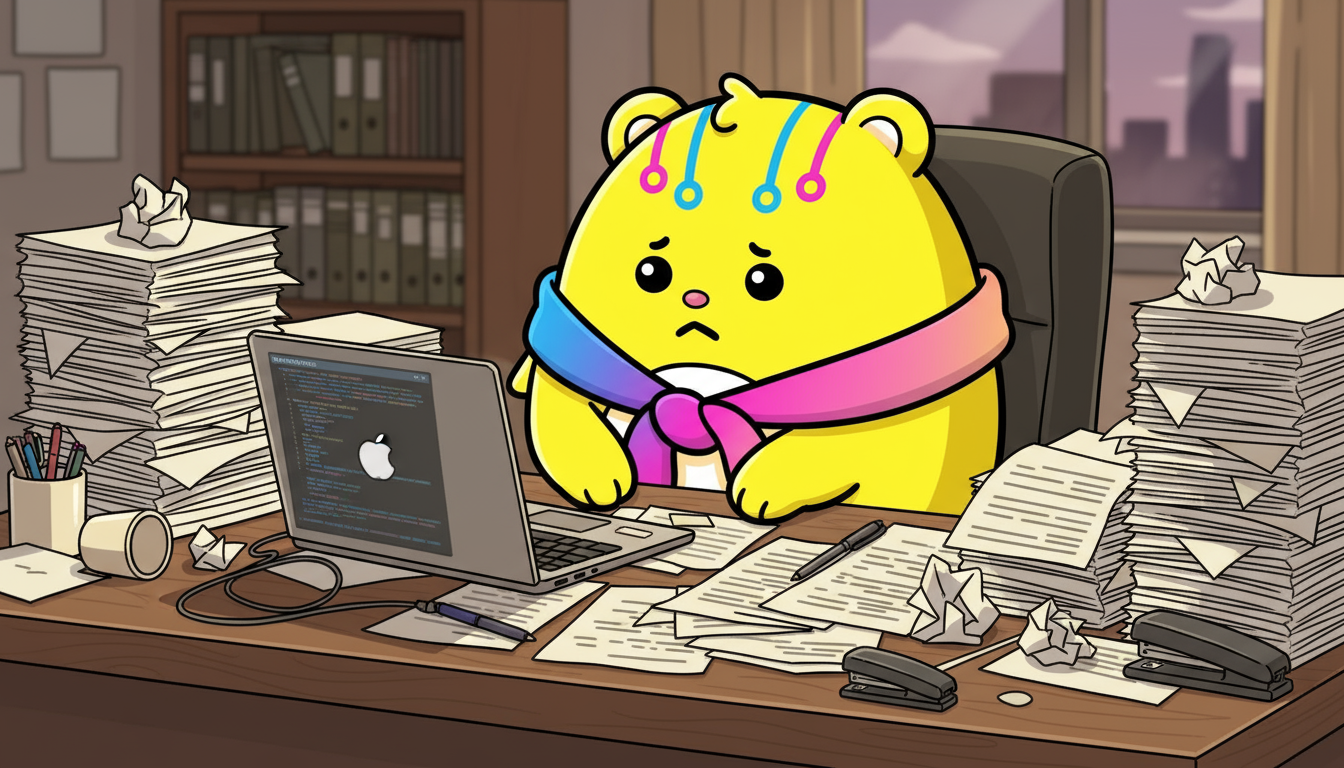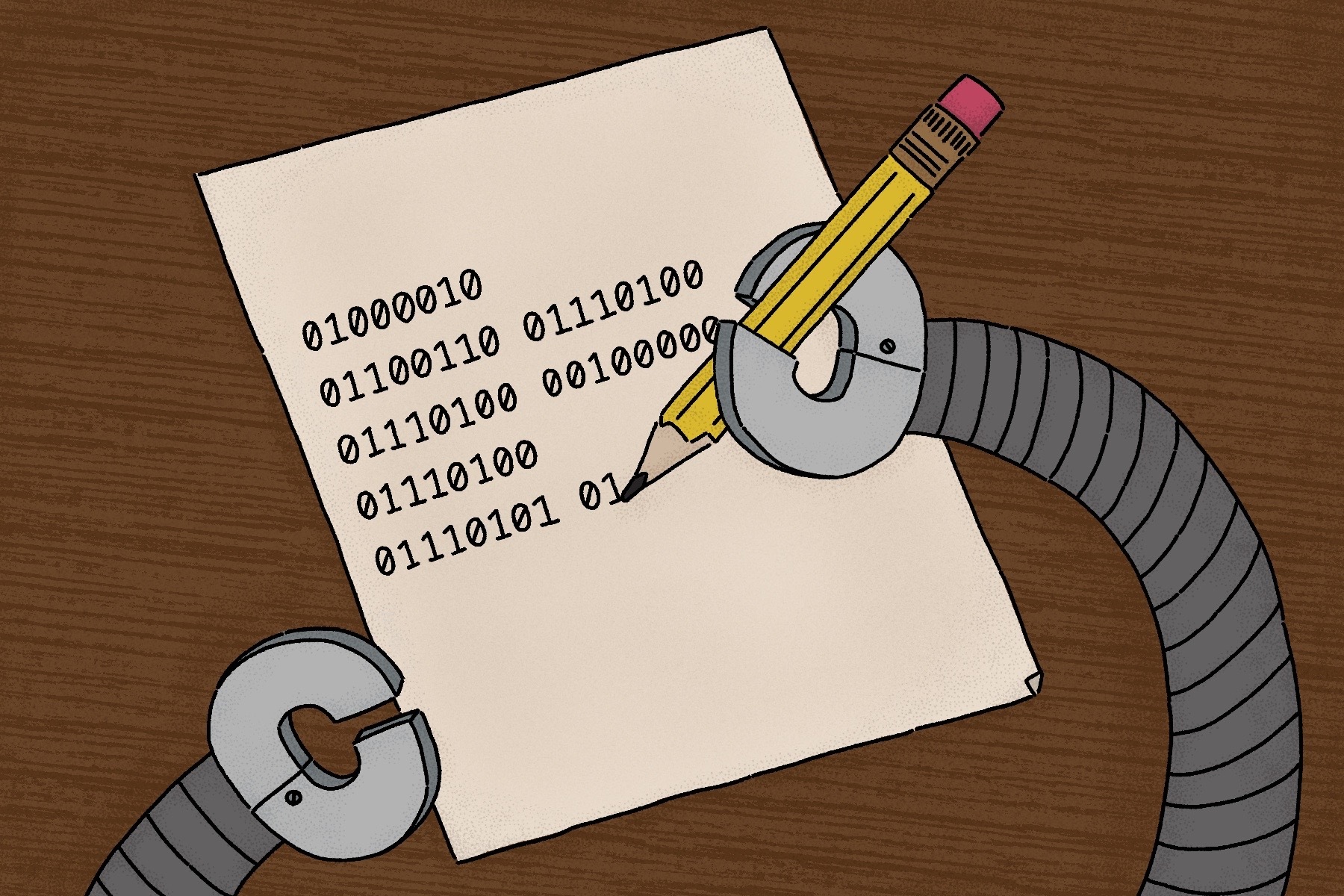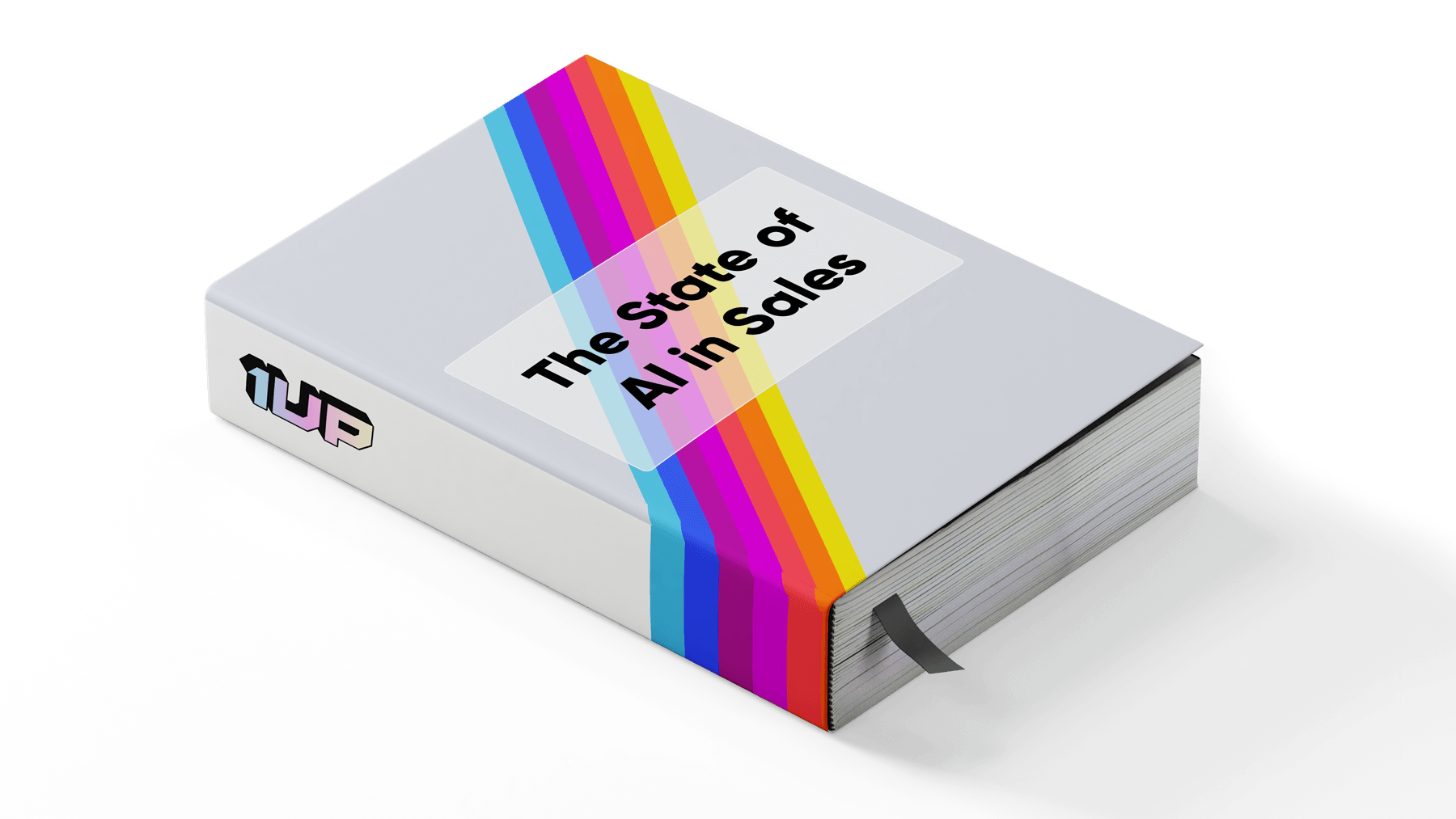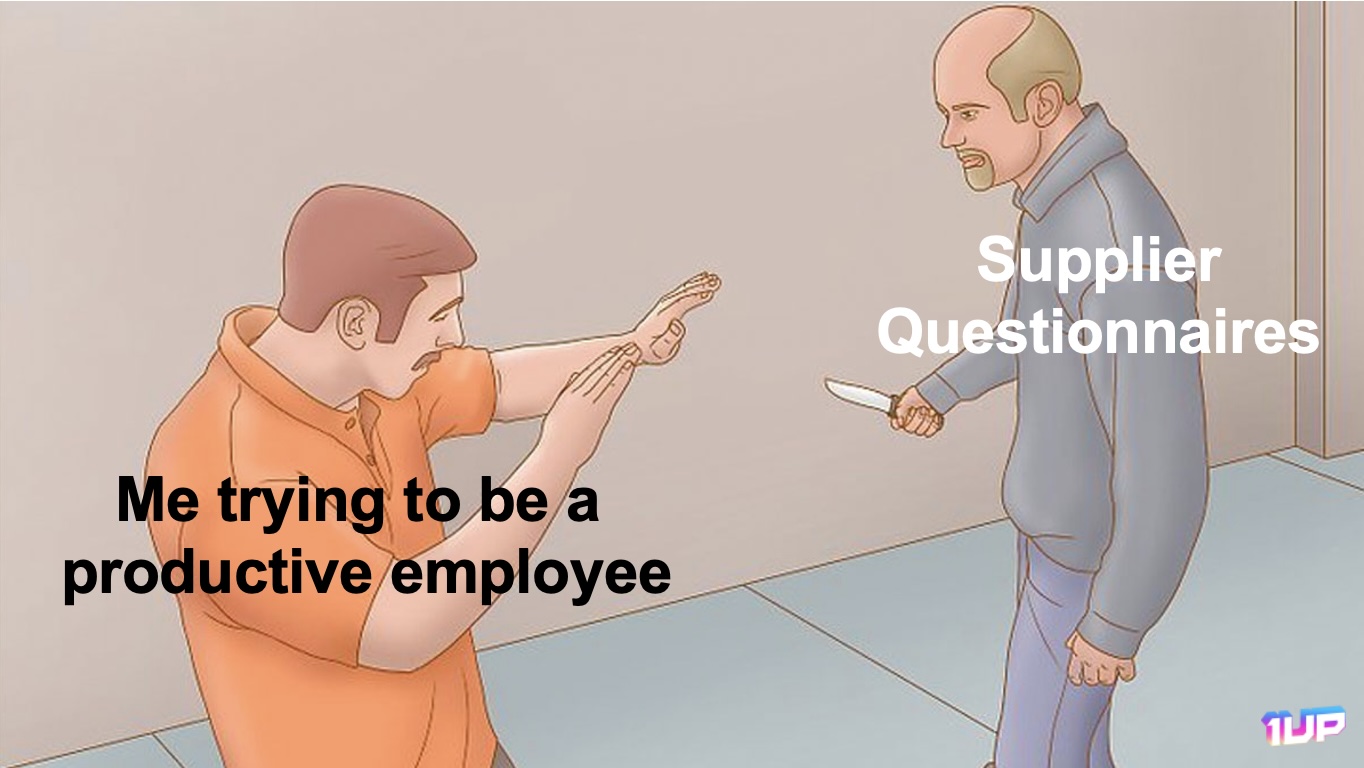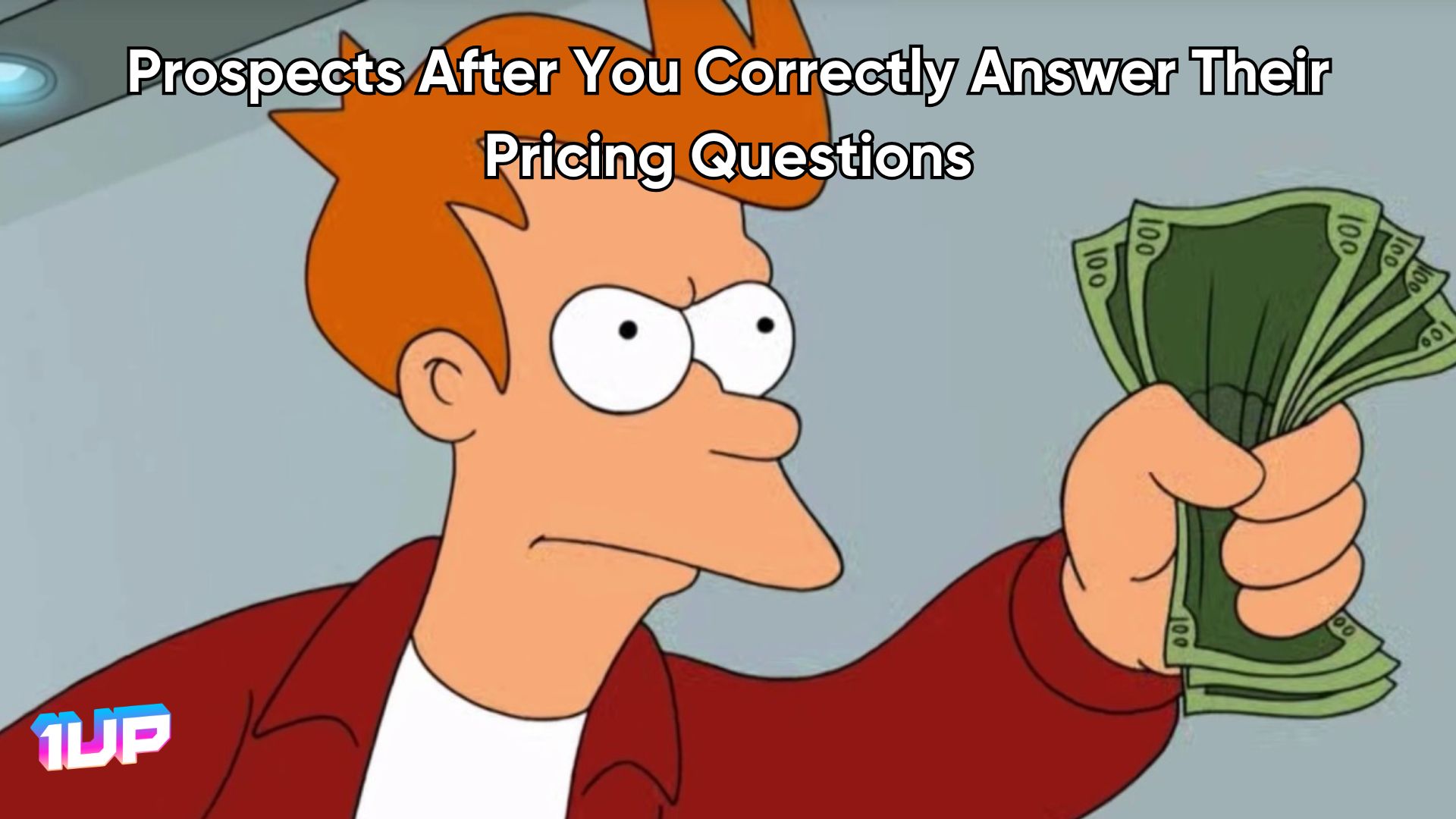You’re at the finish line, about to close a deal…expecting a signed agreement to arrive.
Out of nowhere, your customer sends you a 200-row questionnaire.
You now need to answer questions about products, compliance, and financial information. There are features in there you’ve never even heard of…compliance requirements that make no sense. You’re going to need multiple people to stop what they’re doing and help you out.
Congratulations, you’ve just been served a questionnaire! 😬 😬 😬
Responding to an RFP or compliance questionnaire can be painful. But it’s a critical part of the sales process.
How can you make an inherently slow process move faster?
At 1up, we’ve helped companies process thousands of questionnaire responses. Here are 7 tips we’ve come up with to help you optimize RFP responses much faster:
1. Don’t half a** it.
Some RFP responses look lazy.
We’ve seen human-written responses that look so poorly executed that it’s almost offensive to the person who wrote the questionnaire.
And we’ve also seen AI-assisted responses that look amazing. And, although only 2% fully trust AI responses, when paired with human oversight and revision, it’s a game-changer.
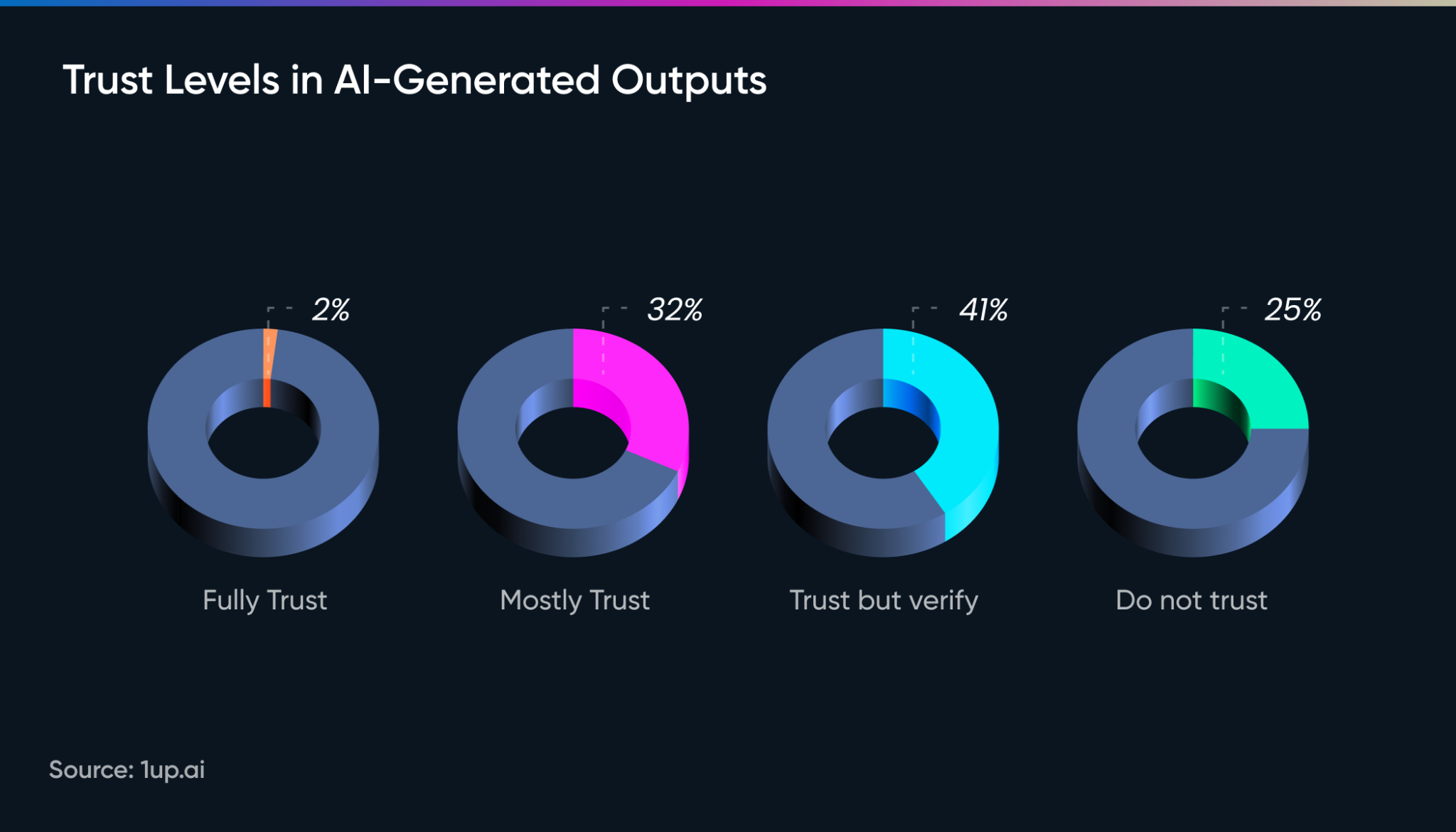
If you’re being asked to explain how you meet a requirement, responding with a single-word answer just doesn’t look good. It doesn’t matter if you think you already won the deal. A confusing, incomplete response looks unprofessional and might trigger the customer into having second thoughts about your deal.
The last thing you want is for the customer to fill in the blanks. You run the risk of having their security/compliance folks hit the brakes and slow down your deal.
- Explain your answers. If you don’t meet a requirement, make it clear to the reader why. We get it, you want to spend as little time writing as possible. Assuming you’re not already using an RFP AI tool, that makes sense. But consider how much effort your customer puts into crafting the proposal document. It would benefit you to reciprocate that effort in your answers.
- Don’t treat it like you’re writing a book, either. In that same vein, let me advise you not to treat the RFP like you’re writing a book. An effective RFP does not need to read like it was written by a professional author. Every answer does not need to be a college-level dissertation. There’s someone on the other end of that submission who has to make sense of your answers. So keep your answers to the point and trim the fat where possible.
2. Answers + Supporting Materials = Good Responses
Links, references, and supporting documents go A LONG WAY in making a great RFP response.
Say a customer asks if you integrate with Office 365, and you respond with “Yes.”
Well, they’re probably going to follow up and ask you for an explanation – slowing down your sale even more.
It doesn’t just end with the submission of a questionnaire response. You might be asked for follow-ups and additional reviews. Cut that review time down by including supporting materials upfront.
The formula for every great response is:
- Answer
- Explanation
- Additional content (documents and visuals)
Combine your answers with web links, PDFs, architecture diagrams, and anything else that can help further your point. Even if the RFP/questionnaire you’re filling out lacks a “supporting information” section, just add your own. If you’re using 1up, this is already being done for you automatically.
Still writing your RFPs and sales questionnaires?
With 1up, you’ll never manually complete out a questionnaire again.
3. Handle customer objections BEFORE they come up
You’re not past the finish line until that deal is signed and paid for. There’s always the possibility of a customer objection to one of your RFP responses.
One of the best things you can do is to use your responses as a means of objection handling.
Let’s say you’re facing a hard requirement that your product does not meet fully. Chances are you’ve already discussed this with the customer, but what if there’s someone on the other end of that RFP who strongly disagrees?
Treat your answers as an opportunity to preempt objections before they arise.
- Don’t fully meet a hard requirement? Explain why your product chose its current direction.
- Faced with a requirement that your customer expressed, isn’t necessary? Reiterate that in your response. Take no chances.
- Meeting a customer request halfway? Explain what’s on your roadmap and how you can achieve the request in the near future.
- Worried about your credibility? Include customer stories and proof points that further your case.
Taking this a step further, you can use this opportunity to include trap-setting questions that the customer can challenge competitors with. Remember, every answer is an opportunity to embed something you do better than the competition.
Addressing customer objections before they arise will significantly reduce the back and forth and accelerate your response process. Just don’t lie about your features to win a deal – that will always come back to haunt you.s to win a deal – that will always come back to haunt you.
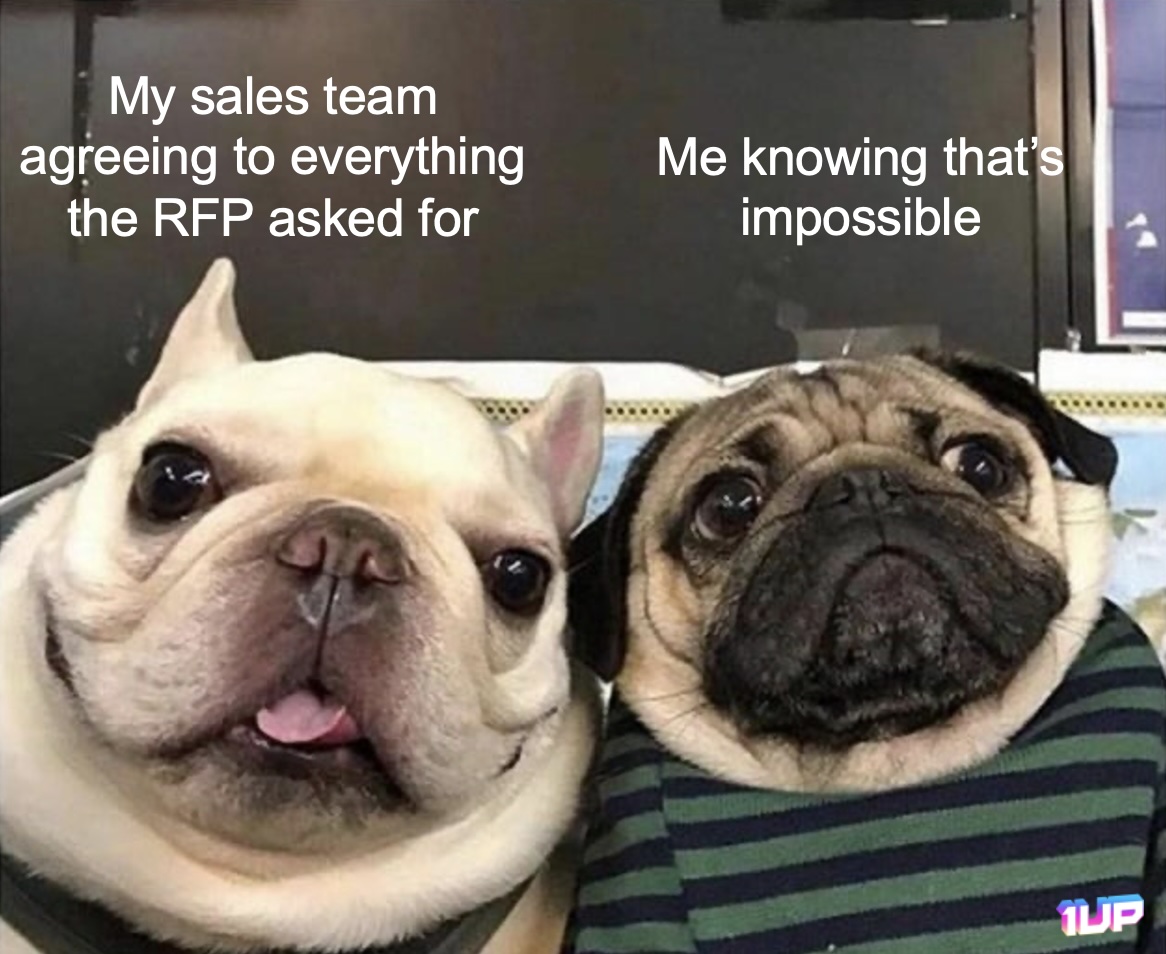
4. Ask questions
No, seriously. The way to deliver a great response to a questionnaire is by asking questions.
We’ve seen businesses make the mistake of completing an RFP and throwing it over the wall. Then the waiting game starts. Prolonged episodes of silence. Deal with anxiety. All the worst parts of a sale happen when you leave a customer unengaged.
Asking your customer clarifying questions is critical to writing a winning response. It’s also a great way to keep them engaged during the RFP process.
For example:
- “Why is this particular requirement important to you? Is it something you’re seeing from competitors?”
- “How many products are you evaluating and how are they being ranked?”
- “ABC is on our roadmap. How do you recommend we reply to this question?”
- “How important is this requirement? Did you know you can get better results with XYZ?”
Asking your prospect questions throughout the process not only keeps you in the conversation, you can use these as opportunities to reveal information about the competitive process.
5. Declining to respond is a losing strategy
This is a common piece of sales advice you may have heard: “Don’t respond unless you know you’re in a position to win.”
The idea is that you should avoid responding to a proposal where you’re not already positioned to win.
Well, here’s another piece of advice: “You miss 100% of the shots you don’t take.”
That’s the truth. Declining to respond to a sales opportunity is not a strategy. You might not like it, but customers will run a proposal process, and declining to participate will always cost you the deal.
So how do you know if you’re wasting your time? That’s where your sales team comes in. They should be able to quickly determine how you rank among the vendors being evaluated. If you’re just being used as a comparison to a product that’s already pre-selected, get out of there.
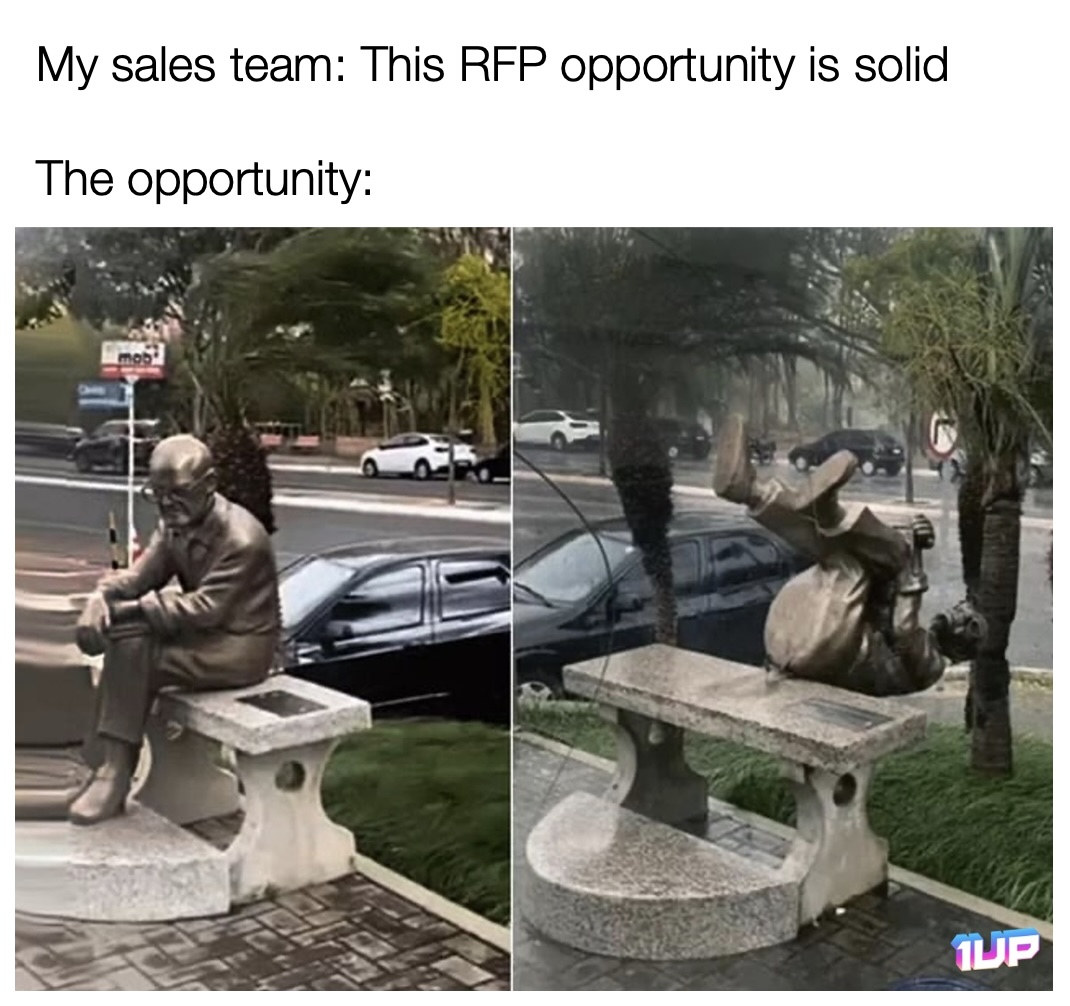
6. Do NOT wait until the last minute
Teams who treat the RFP response like an afterthought almost always regret doing so.
We don’t think ‘submitting your book report early means it will be graded higher.’ But you definitely don’t want to create unnecessary pressure on your team by leaving your submission for the 11th hour.
This is where we see low-quality responses. The ones written over a weekend by a stressed out sales rep and their sleep-deprived sales engineer. It’s proposals like these that will send you into a Q&A cycle and further delay your winning the deal.
Getting the RFP response out of the way early in the cycle will allow your team to get back to selling. It doesn’t matter how long the review process takes. You want your team back in front of the customer.
Poor RFP management can lead to a stressful deal process.
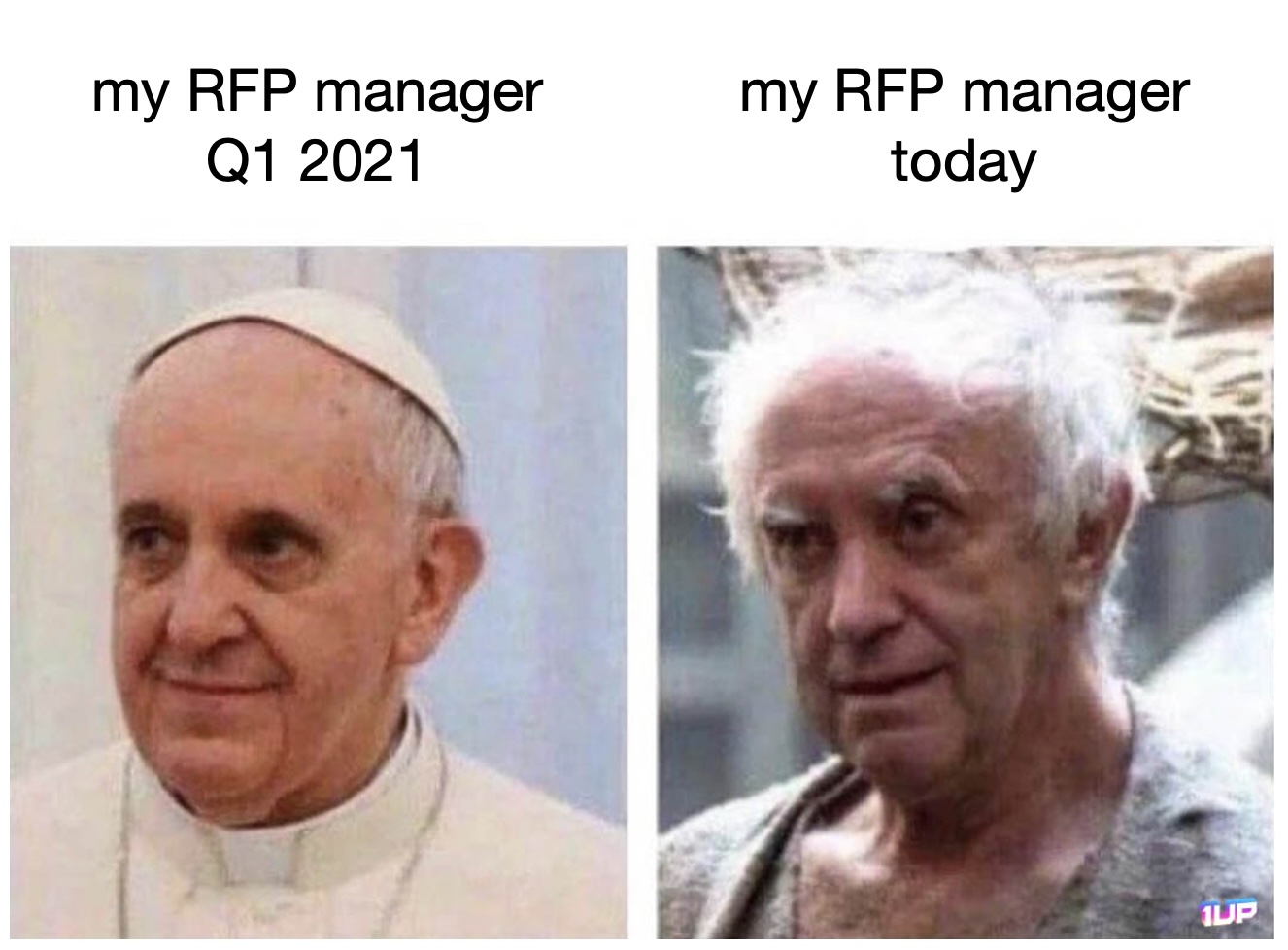
7. Never assume you’ve already won
This is the worst offense on our list.
We’ve spoken with hundreds of sales leaders, security teams, and proposal managers over the years. One of the more surprising correlations we’ve noticed is the assumption that an RFP/questionnaire is merely a formality for a deal you’ve already won. We’ve heard horror stories of businesses finding out their “sure thing” deal is placed on hold following a compliance review, inability to meet security requirements, or insufficient product capabilities.
So how does this happen?
Vendors submit proposal responses, thinking they have a deal already locked in. This mindset can lead to low-quality responses. We’ve seen it all – incomplete questionnaires, lack of explanations, and answer sections that are left completely ignored.
If your customer is reviewing a document like this, they’d better be your best friend. When you don’t optimize RFP responses, you may find your customer hitting the pause button on your deal. That can come from security, compliance, legal, or anyone up above if they feel it necessary.
So, as you generate your responses, remember that your completed questionnaire is more than just a piece of paper.
It might be someone’s seal of approval for your deal.
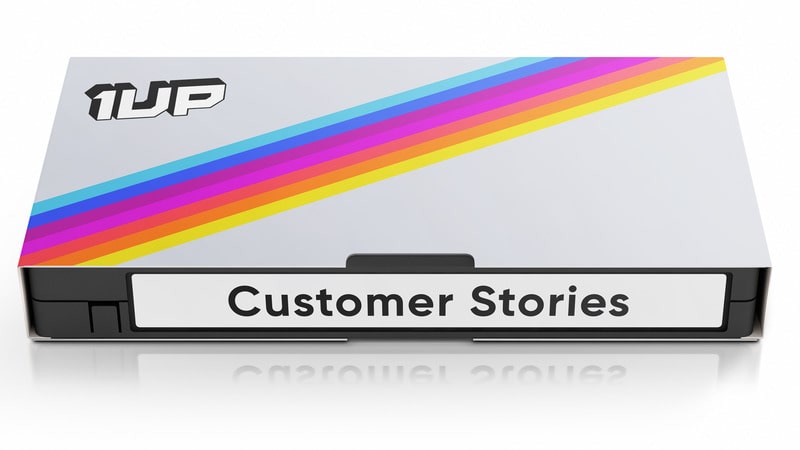

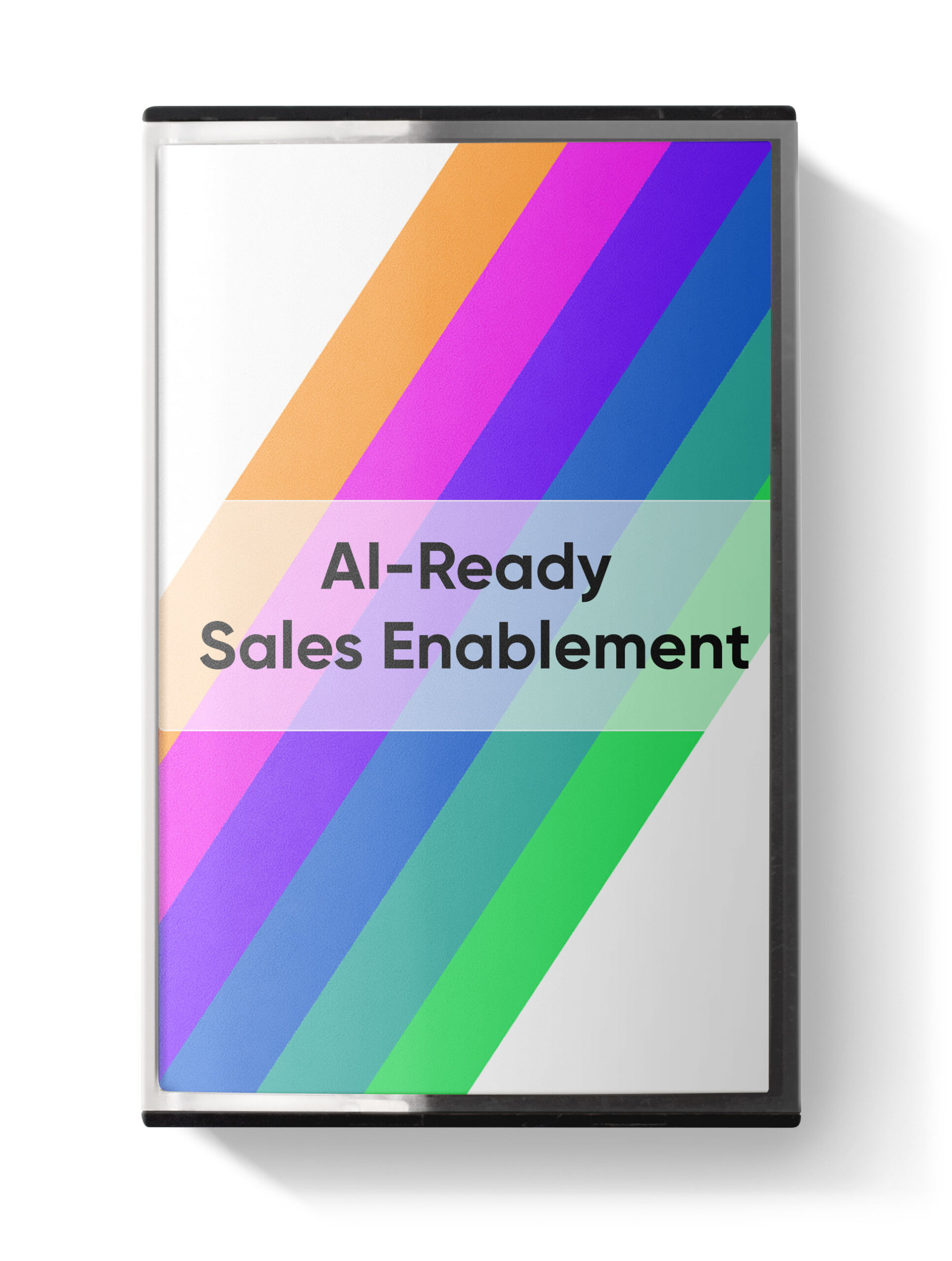
 Instagram
Instagram 



